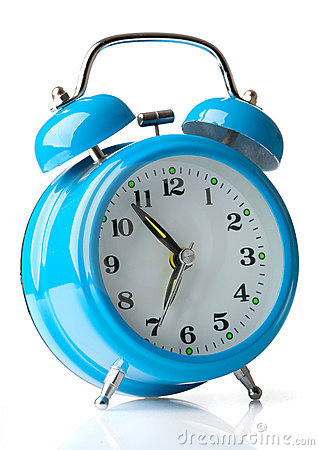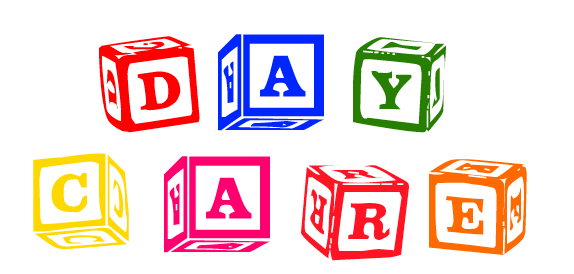 We’ve all felt that midafternoon drag. in the middle of the day, grogginess can be overwhelming, and the need for sleep can even impair your ability to successfully get things done. Or at least it can make it extremely tough!
We’ve all felt that midafternoon drag. in the middle of the day, grogginess can be overwhelming, and the need for sleep can even impair your ability to successfully get things done. Or at least it can make it extremely tough!
The solution? Take a cue from your kids, and take a nap!
According to the National Sleep Foundation, napping—in most cases—can actually be very beneficial. It can increase and extend alertness, and help reduce stress. After taking a short nap, it can be much easier to get things done, whether it’s work or housework.
However, some adults avoid taking a nap like the plague. They wake up even more tired than they were, and for some, it feels like taking a nap is a waste of time. The trick is, though, to take a nap the right way…
It may seem a little odd, but sometimes we just need to learn how to do the simplest things. Yes—even taking a nap! Here are a few tips and tricks to help you take a nap that will leave you refreshed and not groggy!
#1. Create a Restful Environment
When you take a nap, you don’t want to lay down in a brightly lit room full of noisy kids. There’s a good chance you won’t even be able to take a nap at all. Instead, take a nap in the right environment. It should be in a dark, quiet, comfortable place—the more comfortable you are, the easier it will be for you to fall asleep.
#2. Don’t Stress
If you’re new to napping, it can be hard to turn off your mind, but this is an important step. Free your mind, and sleep will follow! Don’t concentrate on falling asleep or worry abut not being able to fall asleep either. The more you worry about it, the harder it will be to fall asleep when you take a nap. Even if you can’t fall asleep some days when you take a nap, a short period of rest can still do wonders.
#3. Nap on Schedule
If you’re tired every day, it might be a good idea to set up a daily nap schedule. Pick a time of day when you normally feel tired and lay down every day to take a nap. Even if you can’t sleep the first few times, getting into a routine can help make napping easier.
#4. Set an Alarm
Chances are you have lots of things to do after you take a nap. To make sure you’re up in time, set an alarm to wake you up.
#5. Time Naps Carefully
To avoid feeling groggy after you take a nap, it’s important to time them carefully. Studies have shown that short power naps are really all you need to feel refreshed and alert. Most people enter a deep sleep cycle after about 20 to 30 minutes after falling asleep. Waking up in the middle of a deep sleep cycle can make you feel extremely groggy and more tired than you were before your nap. So, if you’re going to take a nap, keep it around 20 minutes to avoid the groggy feeling.






